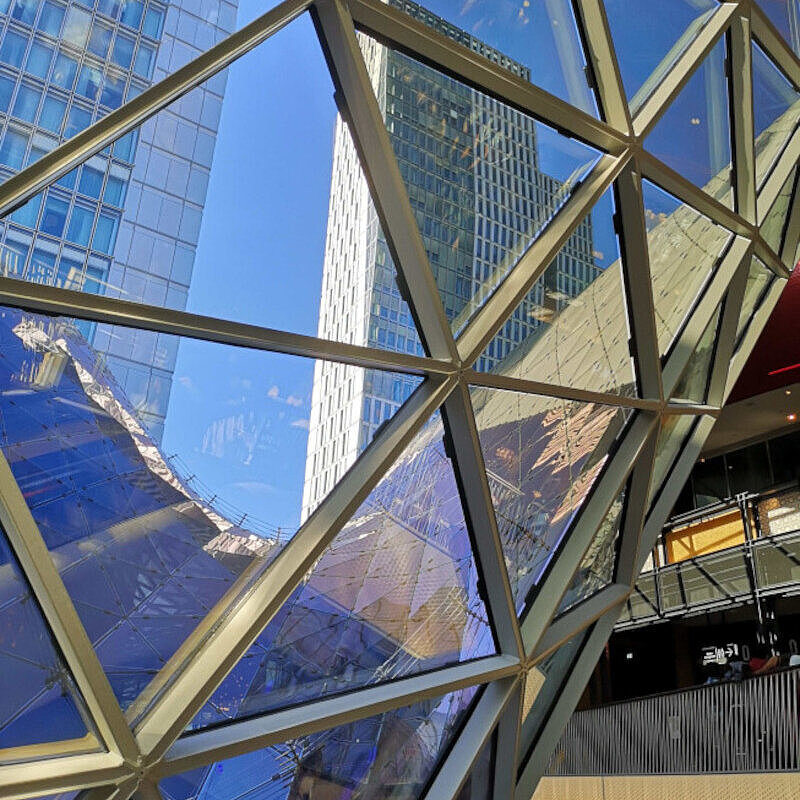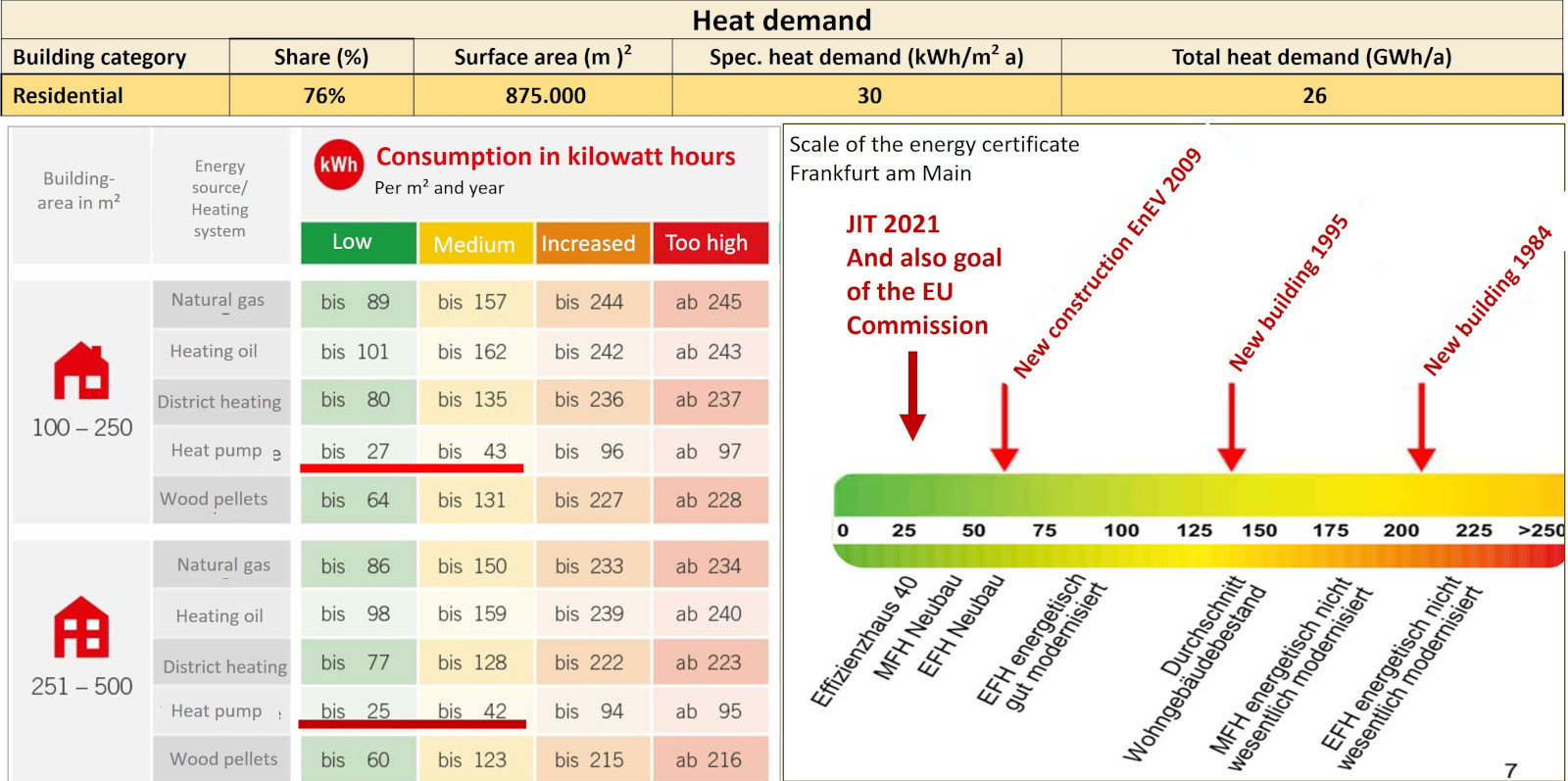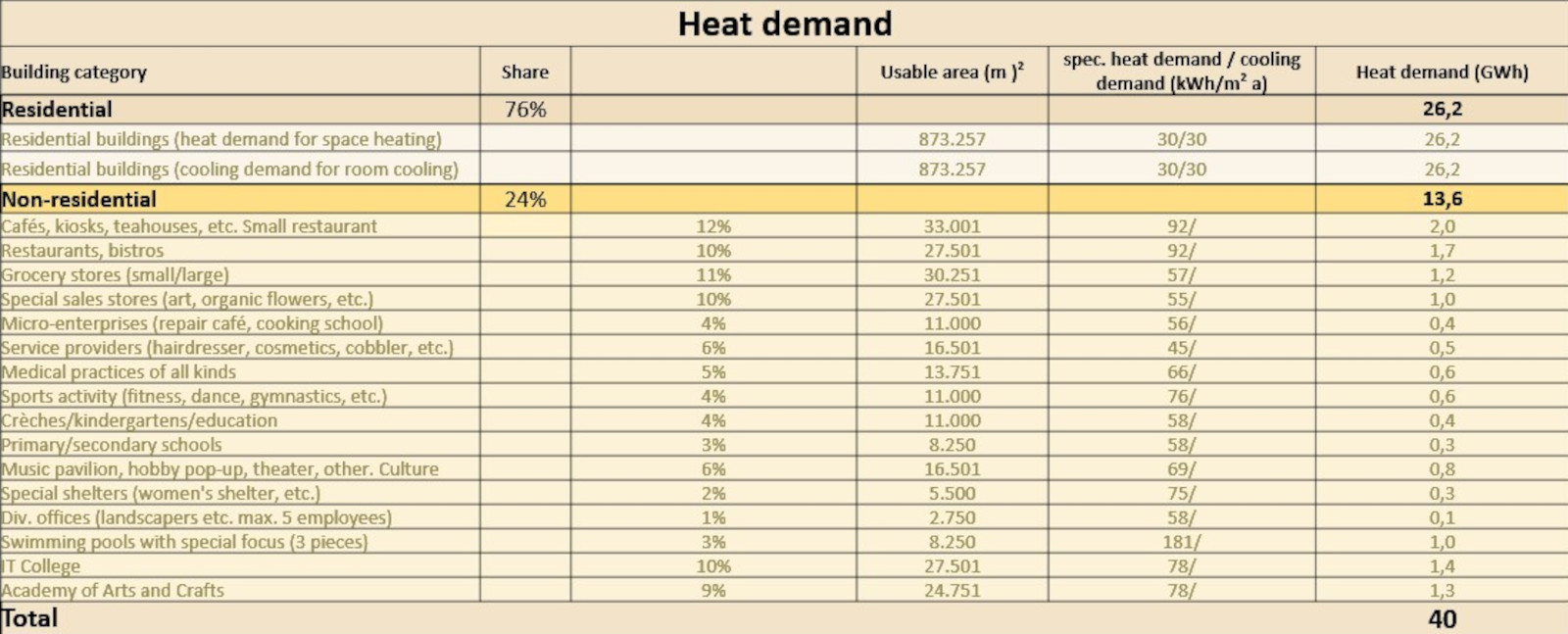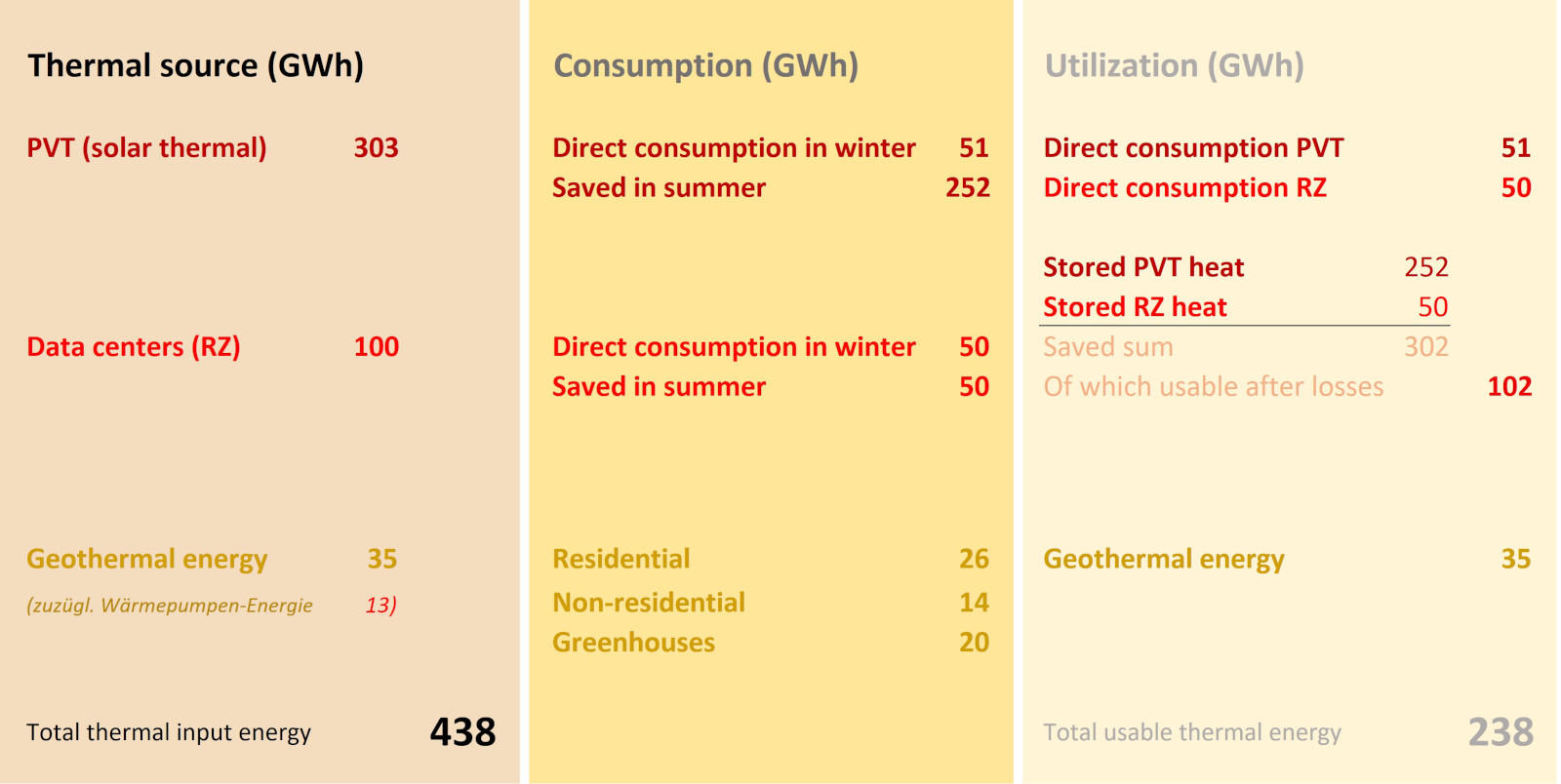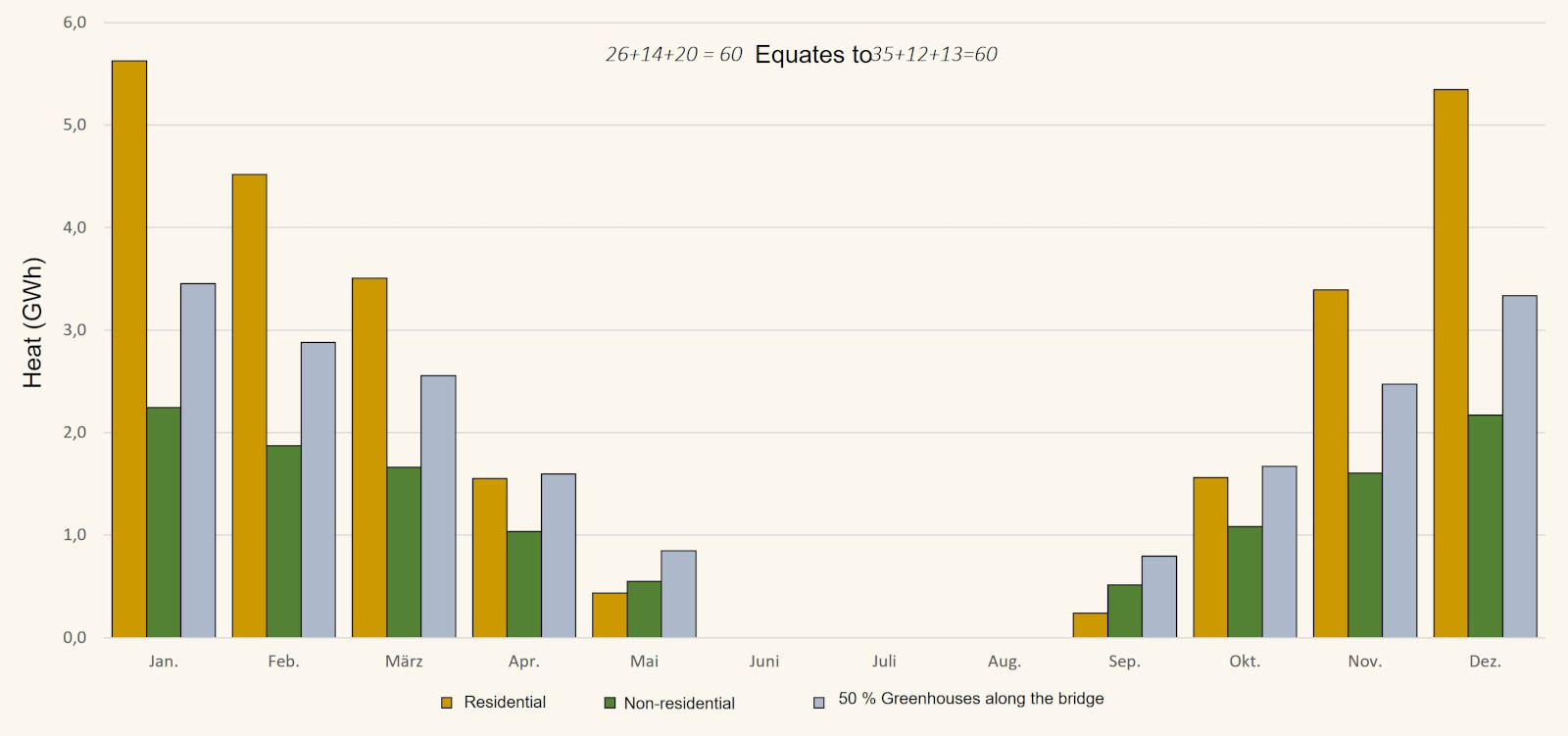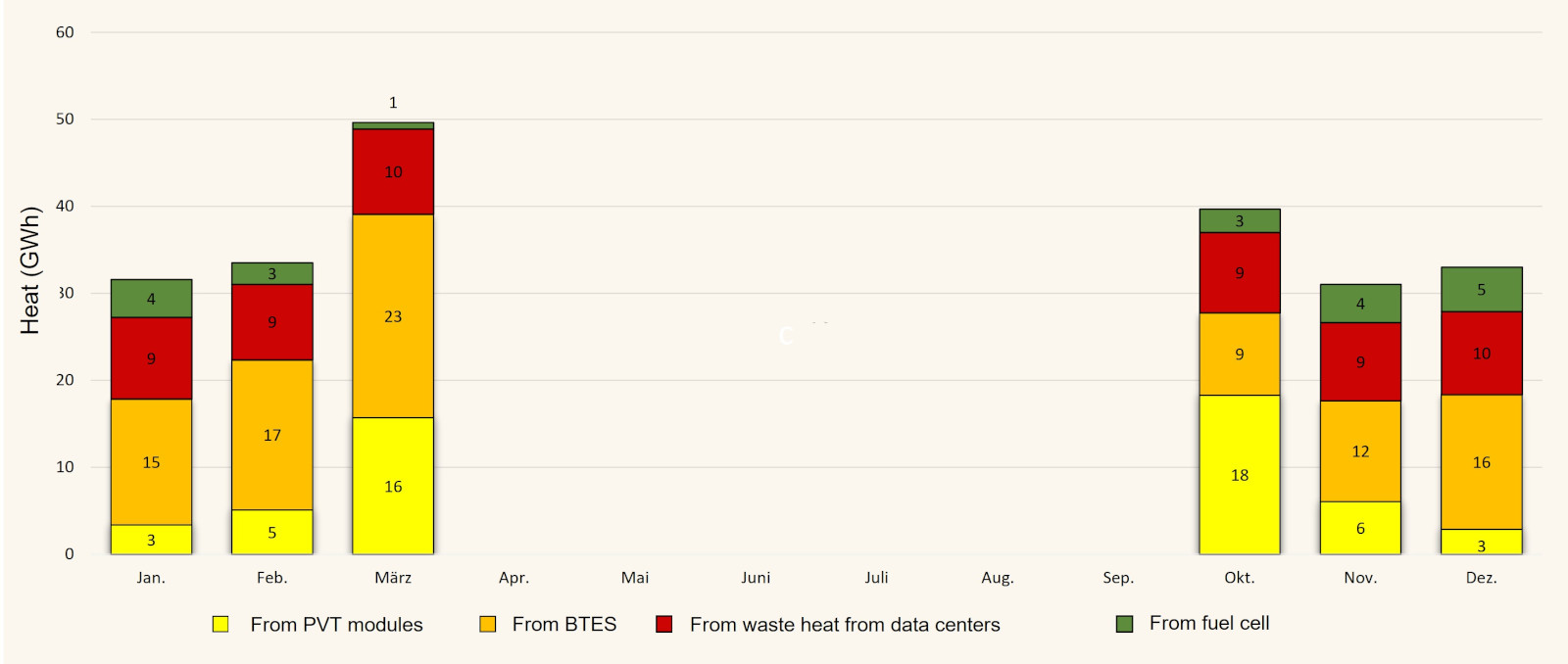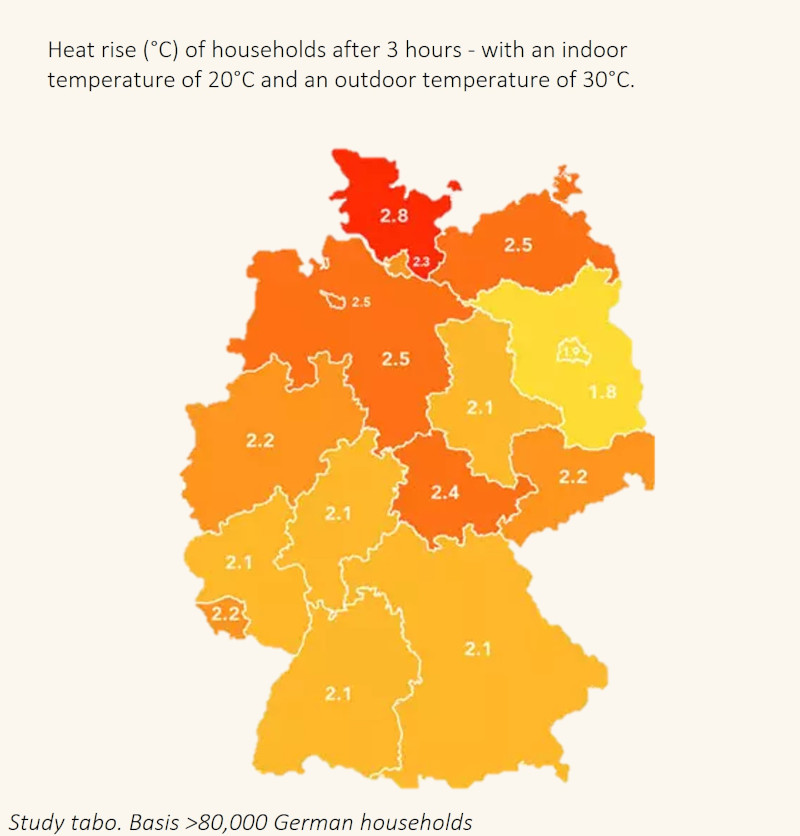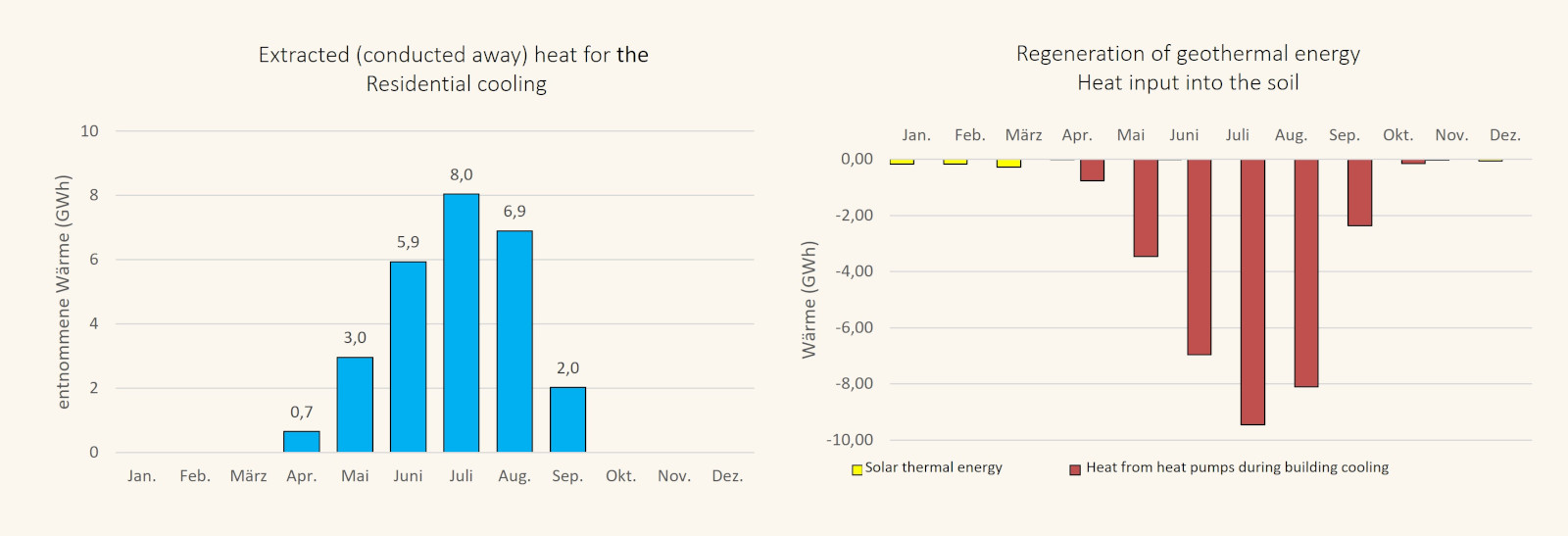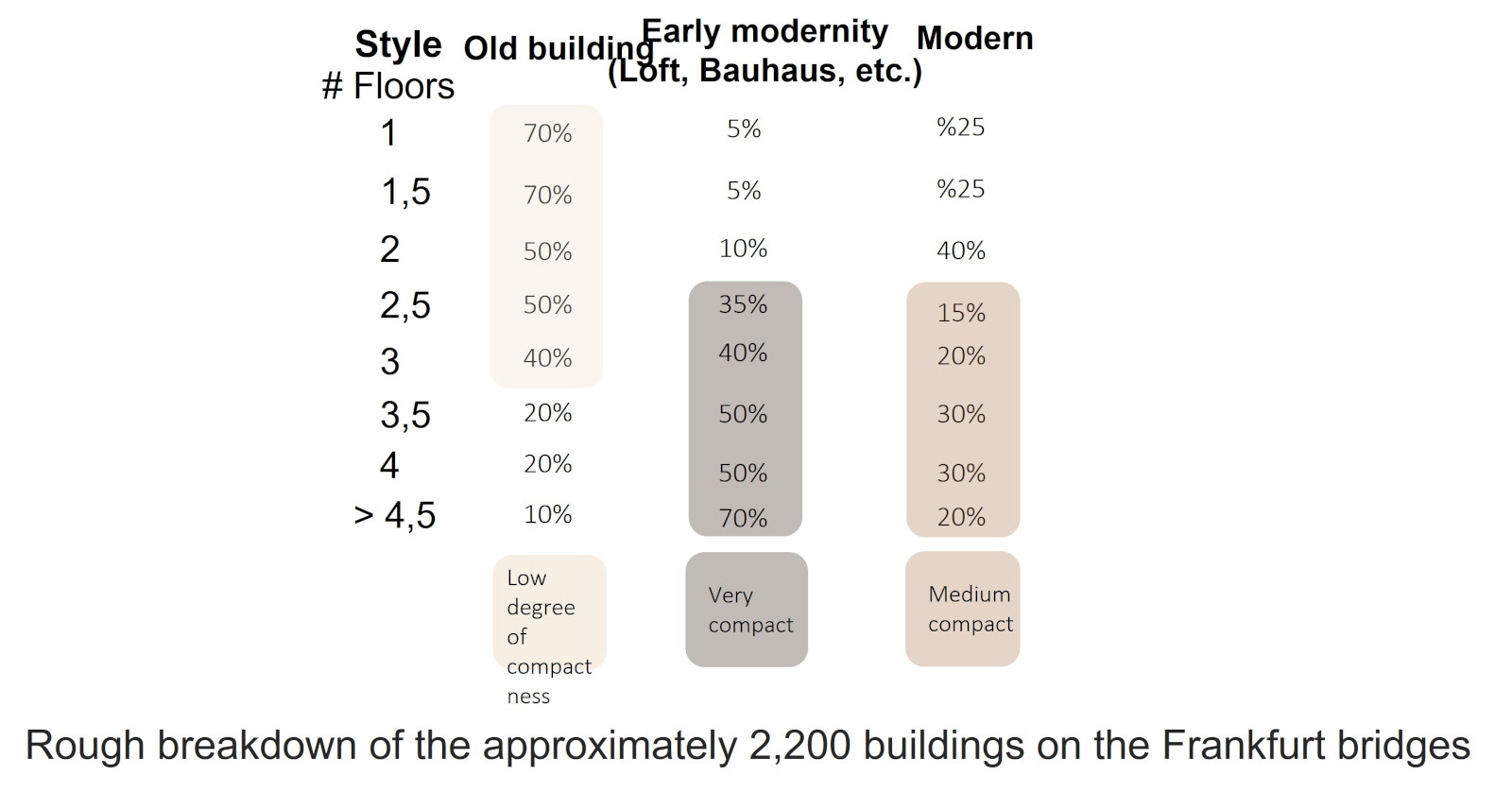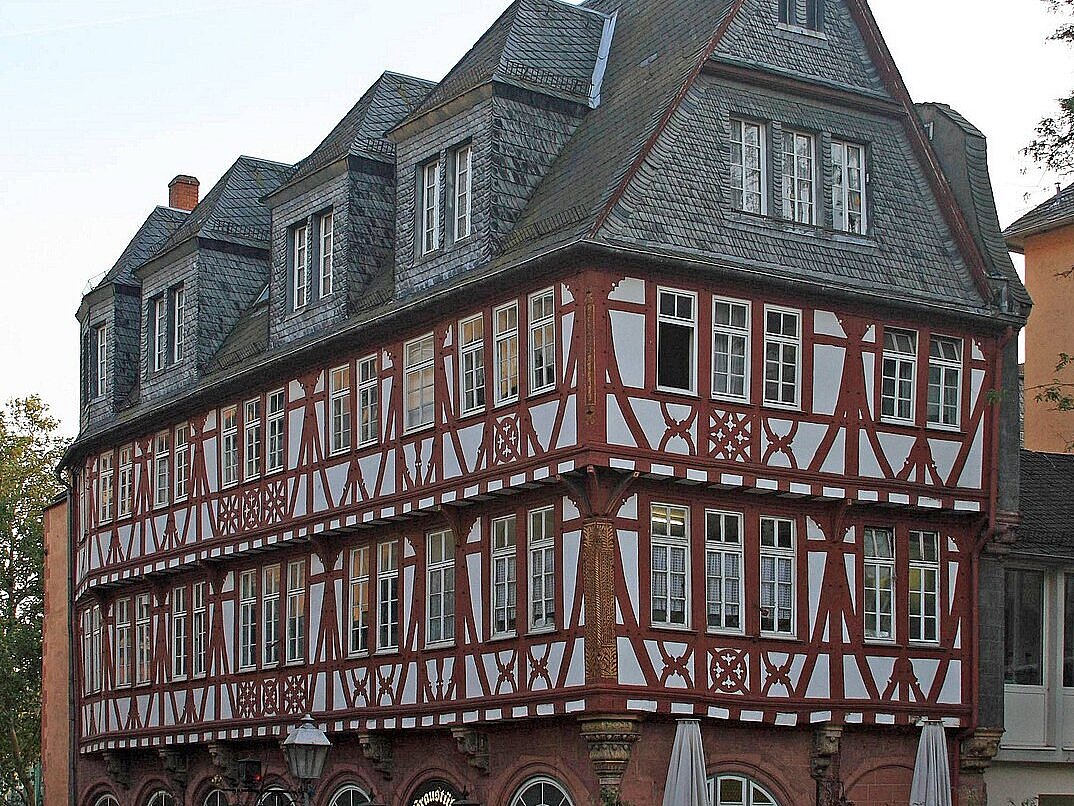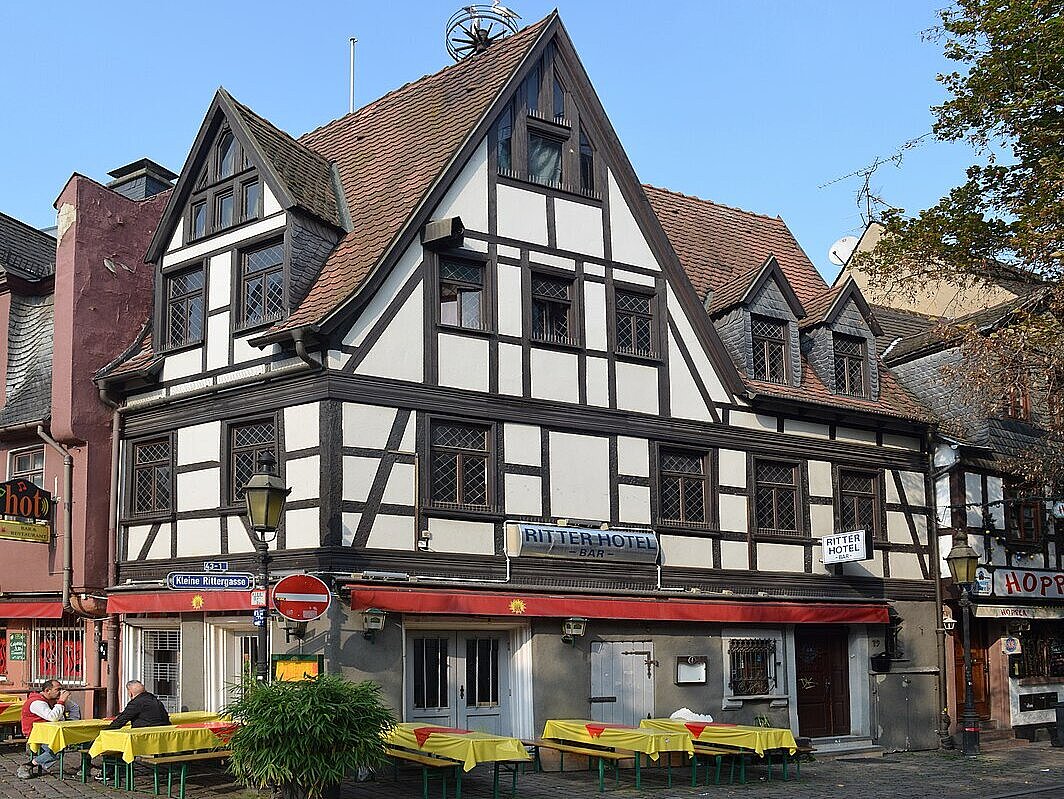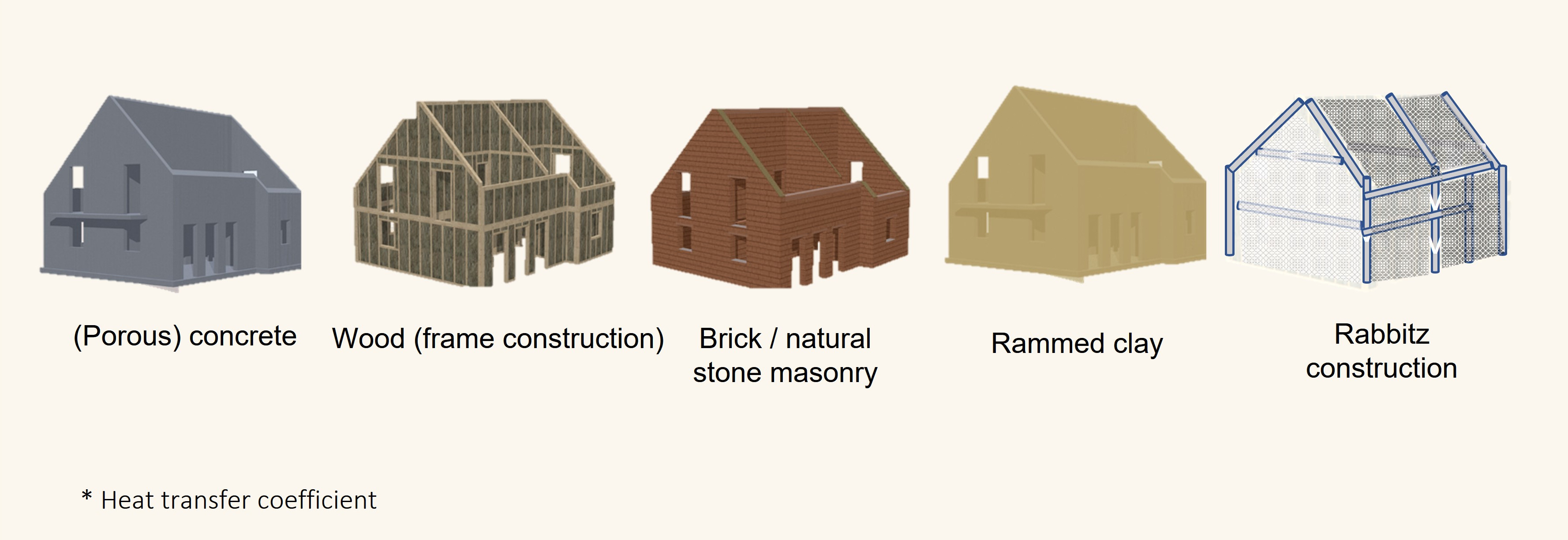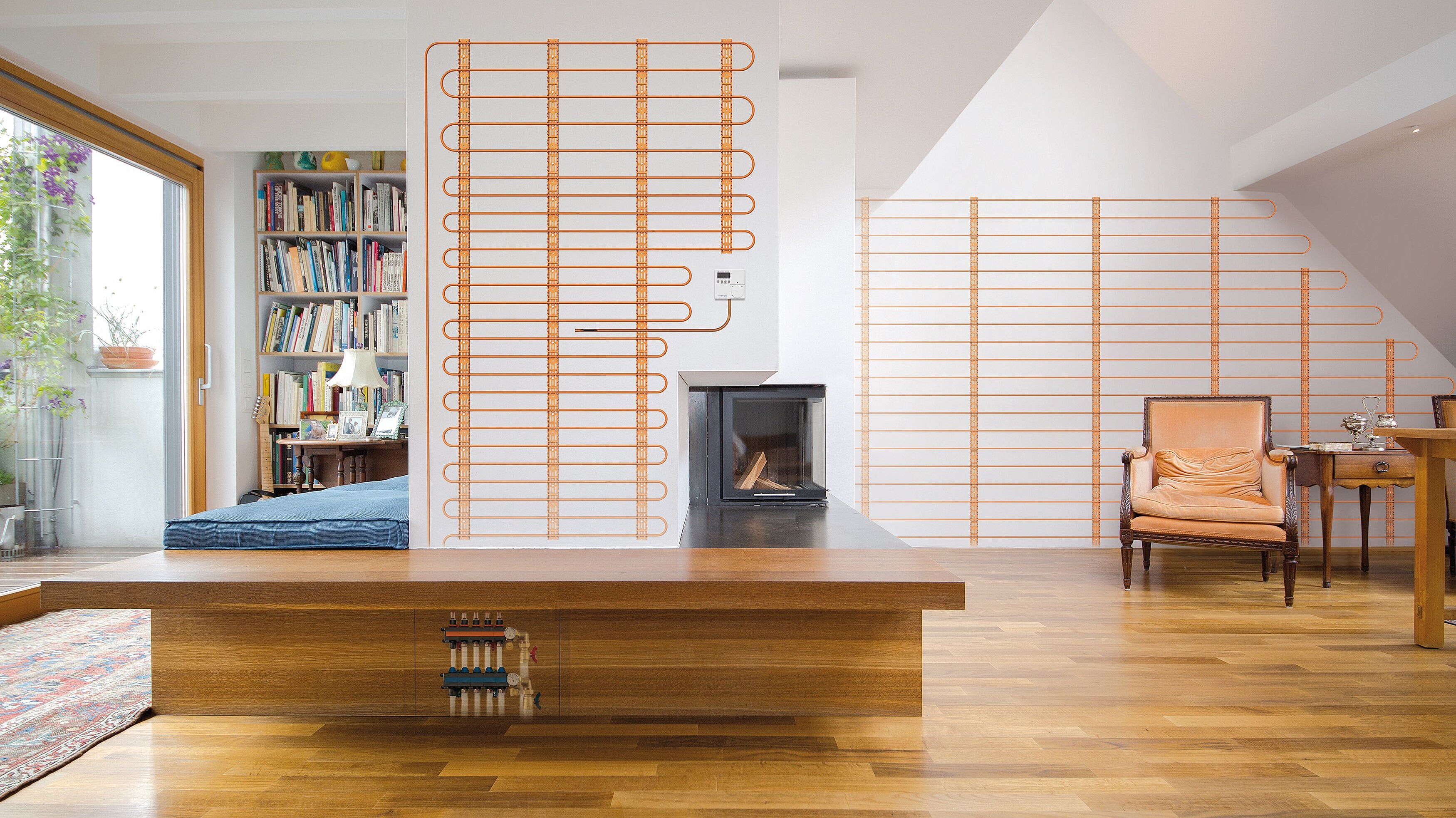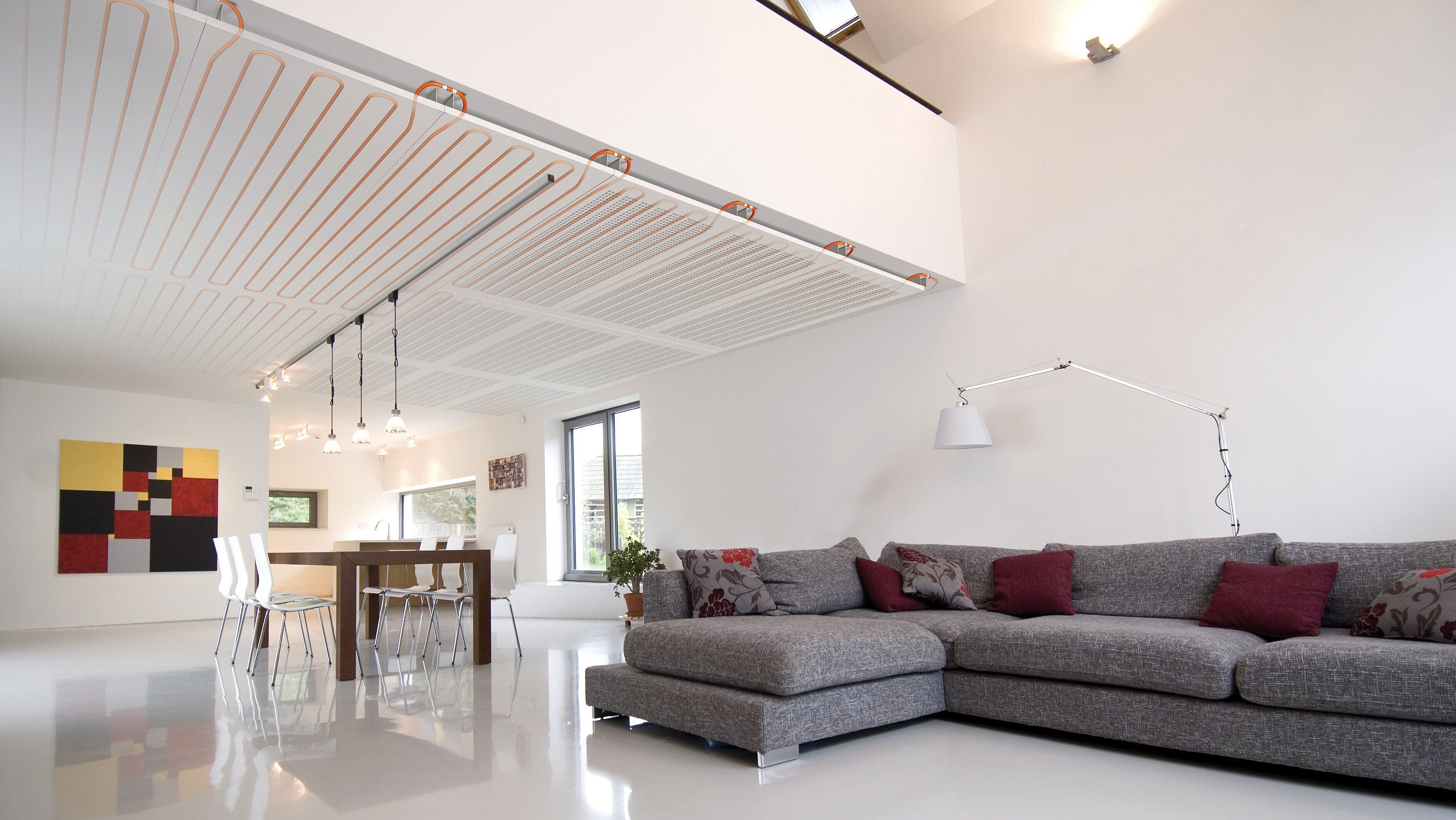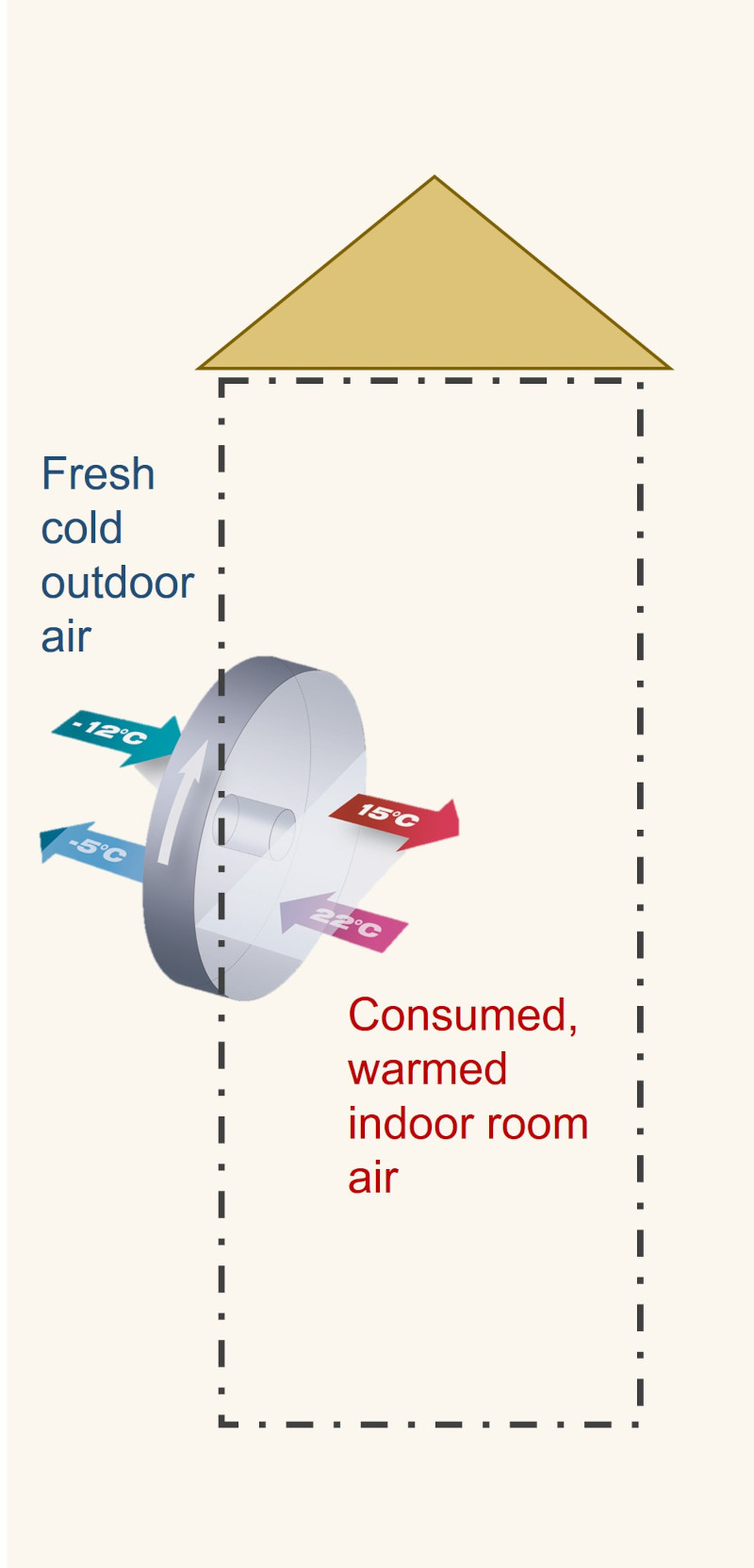Chapter content: reduce the heating demand in the bridge quarter through energy-efficient construction methods.
Heating accounts for a large share of energy consumption in Frankfurt. Accordingly, it is important to significantly reduce the heating requirements of the entire neighborhood by increasing the energy efficiency of the buildings through certain construction methods: The most important factors here are the construction and insulation materials used and the design of the buildings.
In addition to modern low-energy house concepts, particularly sustainable, traditional building materials and construction methods are also used for part of the building portfolio.
In addition, all residential buildings will be equipped with thermally activated surfaces so that heating can be provided with low flow temperatures or, in the case of cooling ceilings, cooling can also be provided. Heating can be provided in this way, as can cooling by heat pumps.
Only the bridge non-residential buildings are cooled electrically with the help of various cooling systems.


